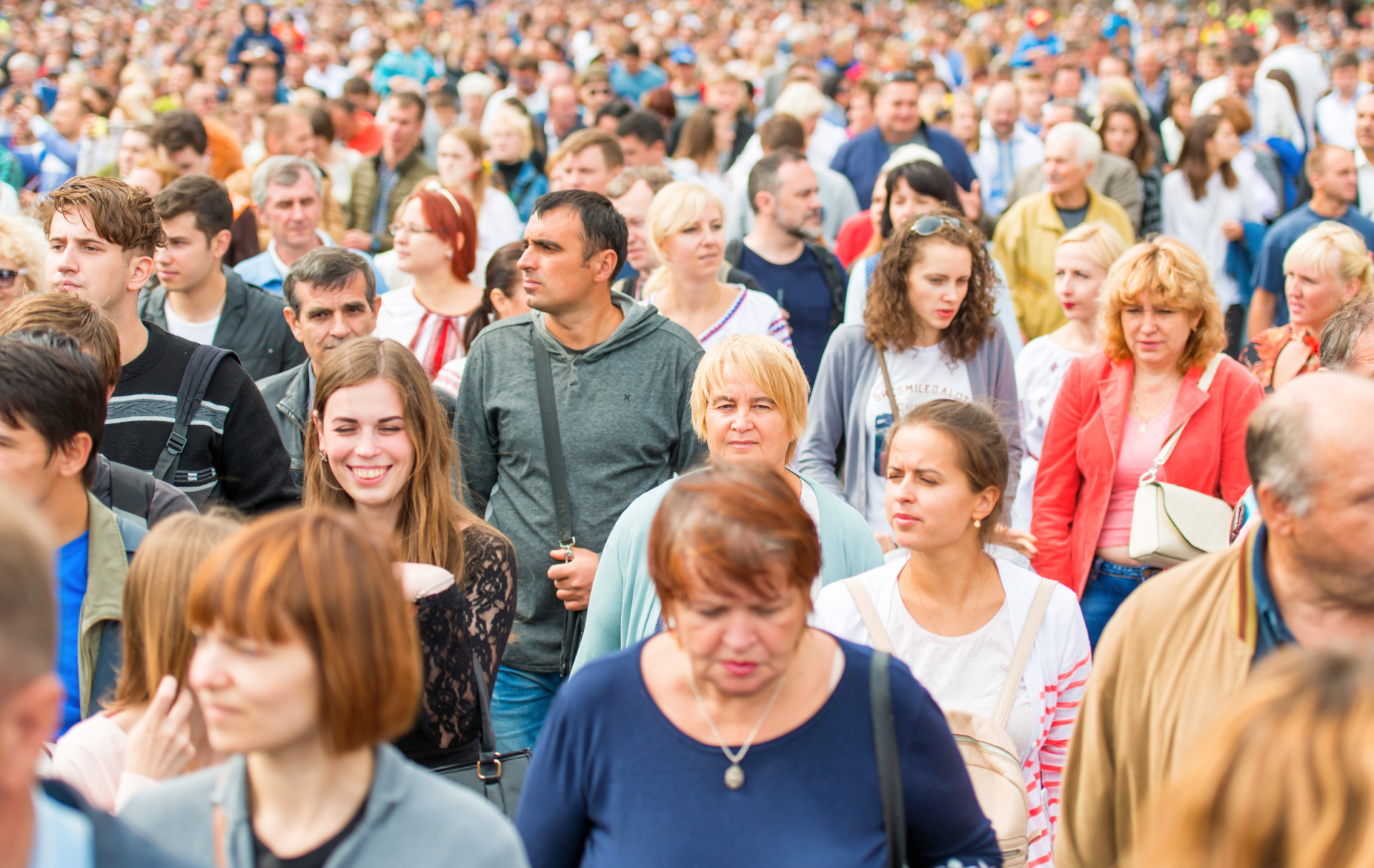
Metabolic Age: the Best Wake-Up Call Ever?
Were you as surprised as me to discover that our Taoiseach’s metabolic age is 13 years older than his actual age? In case you missed it, Leo Varadkar’s metabolic age (53) was divulged on a recent episode of Operation Transformation [he is, in fact, aged 40]. So why is his body ‘older’ than his age? This is a man who has been photographed running regularly and who apparently lost three stone prior to him being elected as Taoiseach in 2017 (some say that this was no coincidence since voters are swayed – often subconsciously – by a candidate’s appearance in terms of health and fitness for the role). Varadkar went from having a very unfit lifestyle (apparently quite reliant on ready-meals and pints) to running marathons and even triathlons. So, what went wrong with his metabolic age on the show then?
Cue Claire Byrne, RTE’s hard hitting current affairs presenter. She announced on her programme that following the Taoiseach’s well-publicised poor BMR result that she would do the same BMR test live on her programme.
“See I don’t lift weights, I don’t do any of that … it’s going to be awful,” protested Byrne, who said that her team had persuaded her to take the test and that she thought it would be great “craic”.
“I’m 43, and I don’t lift weights or do any kind of resistance (training) so if I get 53, I’ll be happy because I think that’s what I deserve,” she added.
“We’ve heard all the excuses now,” said Professor Moyna from the DCU School of Health and Human Performance.
“Twenty-eight,” he announced to the delight of the presenter.
“I’m so relieved, so relieved,” said Byrne.
What Is Metabolic Age?
Your metabolic age is how your basal metabolic rate (BMR), or how many calories your body burns at rest, compares to the average BMR for people of your chronological age in the general population. BMR is just one measurement of a person’s overall health and fitness, and is only one of the guideline measurements we use when preparing our client’s weight loss programme.
Metabolic Age – So How is it Done?
Similar to the equipment we use here at Motivation, Operation Transformation’s producers installed a Tanita scales which shows, not only weight, but also body fat and metabolic age. All Tanita body composition monitors use advanced Bioelectrical Impedance Analysis technology.
Firstly, the person’s age and gender is also inputted. Then, when you stand on the Tanita scales, a very low, safe electrical signal is sent from four metal electrodes through your feet to your legs and abdomen (anyone wearing a pacemaker should not stand on the scales). The scales essentially assesses how easy it is for the currents to travel throughout your body.
The electrical signal passes quickly through water that present in hydrated muscle tissue but meets resistance when it hits fat tissue. This resistance, known as impedance, is measured and input into scientifically validated Tanita equations to calculate body composition measurements.
Leo Varadkar’s result means he must have more fat than muscle, as fat impedes electrical currents from travelling and that’s why he had a higher metabolic age. This may be down to him carrying more visceral fat than he should (the fat around the middle) and, due to the fact that he is so tall, we may not notice it as much (and he might not either!).
This is why it’s crucial to have other means of measuring our health and fitness; we can’t just rely on our eyes!
Metabolic Age – It’s Not Just a Number
Do you know what your own metabolic age is? After losing weight, mine showed up as 10 or 15 years younger, but I’m sure I’d be shocked to see what it is now as I’m recovering from an operation. That means I’m rapidly losing muscle mass while gaining fat (I’m eating healthy foods but my lack of movement means I’m burning very little calories of course, plus I’m aged over 40 so my body will naturally drop muscle and gain fat at any given chance). I, personally, have used metabolic age to inform me on how my fitness levels are and whether I’m eating healthily. It’s an extremely useful tool and one that can be very motivating for clients (for instance, many will set the goal to become ’10 years younger’ by the end of their programme – before they move onto our Maintenance Programme – and I’m delighted to say that most succeed in doing so). My own plan is to work hard once I can walk again to get that muscle back up and, in the meantime, all I can do is really focus on getting the food right.
Metabolic Age – Use it to Progress Your Goals
When monitored over time, metabolic age is a fantastic way to show the impact of any fitness regime or weight loss programme. Increasing your muscle mass will reduce your metabolic age over time (as it speeds up your basal metabolic rate or BMR). A person with a high BMR burns more calories at rest than a person with a low BMR (yes – even while you’re sitting still or sleeping!).
At Motivation, we use the Tanita results to gauge your BMR measurement and then we can use that information as a minimum baseline for your weight loss programme (in other words, by knowing how many calories your body needs just to function, we then know how much you should eat each day so that you are in deficit – and then, when you don’t have enough, we know your body will have to burn its own fat as a source of energy).
We adjust this accordingly as your BMR decreases over time, taking into account exercise and physical activity of course. The more active you are the more calories you burn and the more muscle you build, so you need to ensure you consume enough calories to keep your body fit and healthy. However, as your body mass decreases (and you achieve a slimmer, ‘smaller’ body shape), because there is less body mass (less of you!), then that also needs to be taken into account as a larger body will burn more calories than a smaller mass of body. This will all determine the amount of calories we recommend for your Maintenance Programme.
BMR rises as a child matures and peaks at around 16 or 17, after which point it typically starts to decrease. A slow BMR will make it harder to lose body fat and overall weight. It’s crucial that anyone over the age of 35 becomes aware of sarcopenia, which occurs when we lose muscle and our metabolism slows around middle-age. The great news is that it’s not inevitable and there are some simple ways to slow or even reverse this process: read more here. This is the age when maximising muscle mass should become a more important priority. If you’re completely new to resistance exercise, try our beginner’s guide here.
Can you Improve your BMR Score?
Yes. I’ve seen it happen with clients time and time again at Motivation. It’s so rewarding for them to see their metabolic age sometime transform from 10 years older than their actual age to 10 years younger!
A combination of diet and exercise will, over time, improve your score in most cases. And your weight loss advisor can guide you along the way with this (sometimes it can be slow to change but, with patience, you will get there; after all, it is just a science so there’s no cheating it).
In terms of building muscle, what we eat is crucial. Obtaining regular and adequate amounts of protein to build muscle is key. For snacks, include protein bars, almonds, hummus with carrot sticks, babybel cheeses or a boiled egg or small serving of beans. Sources of protein for main meals could include chicken, meat or fish or even vegetarian sources such as chickpeas, lentils or other beans (try our great chili recipe that helps bulk up on red kidney beans here).
Who Should Do the Test?
Everyone!
Determining your metabolic age and your BMR is useful information, especially if in a weight-loss programme or seeking to improve fitness. So the test can help make better use of a workout by helping to determine what form of exercise works best. It’s easier to manage your weight when you know how many calories you burn daily, and it will vary depending on the individual. With this assessment, you learn how your natural metabolism is helping or hindering your goals, and your weight loss advisor can point to things you can do to help speed up your BMR, thereby reducing your metabolic age.
For me – it’s a no brainer; knowing my metabolic age is one of the best assessments of how healthy I am (a reminder that I must check it when I’m in the clinic again soon).
So, let’s all aim for 10 years younger – then we can remind our partners that they’re lucky to have bagged such a youthful mate!
Check out our Initial Weight Loss Assessment Consultation. For only €25 we will calculate you BMR and carry out a thorough weight loss evaluation.



